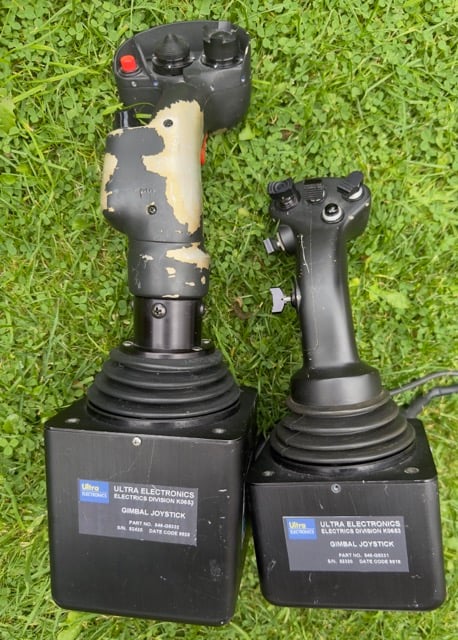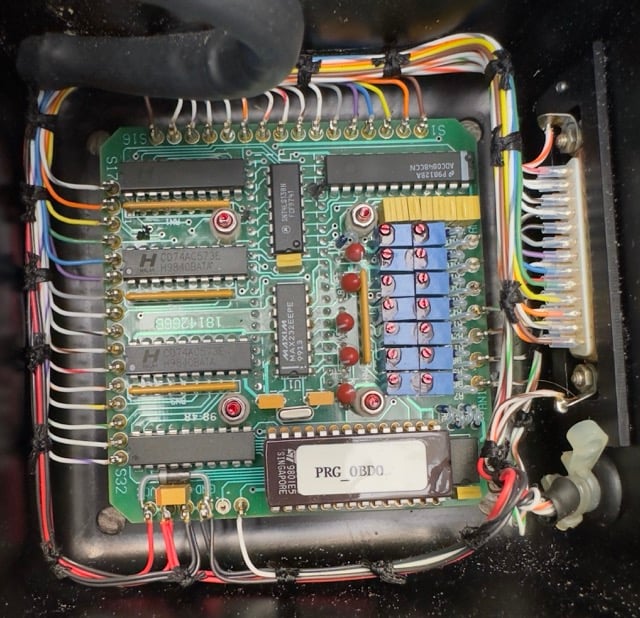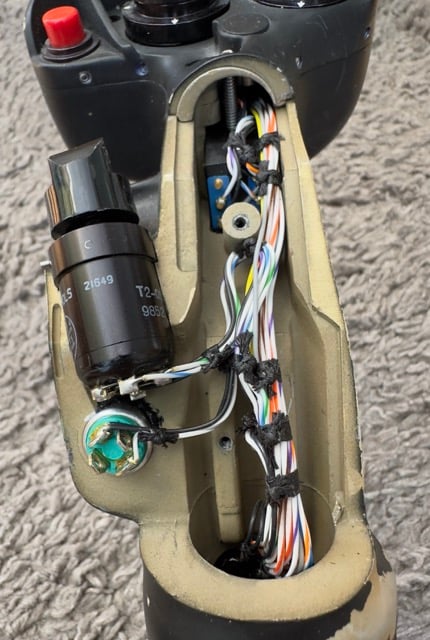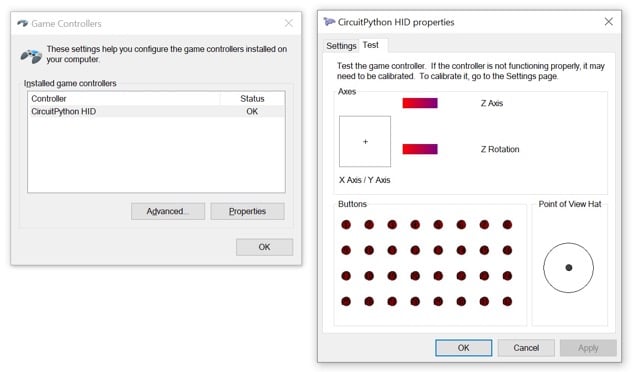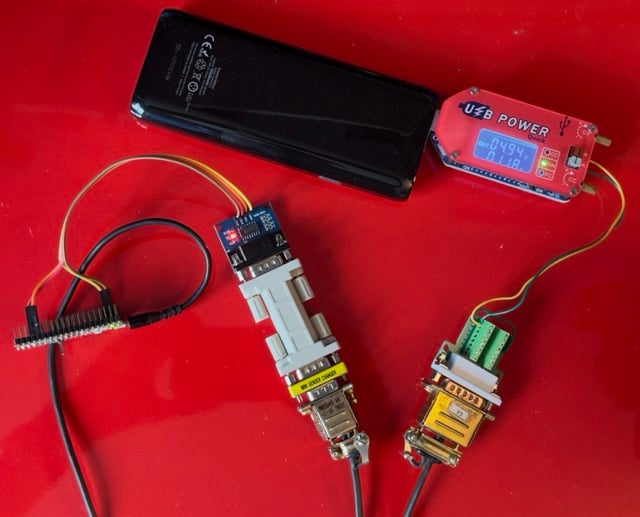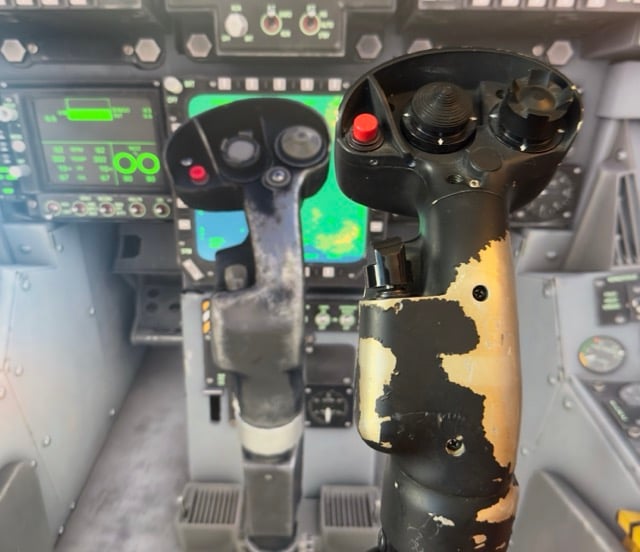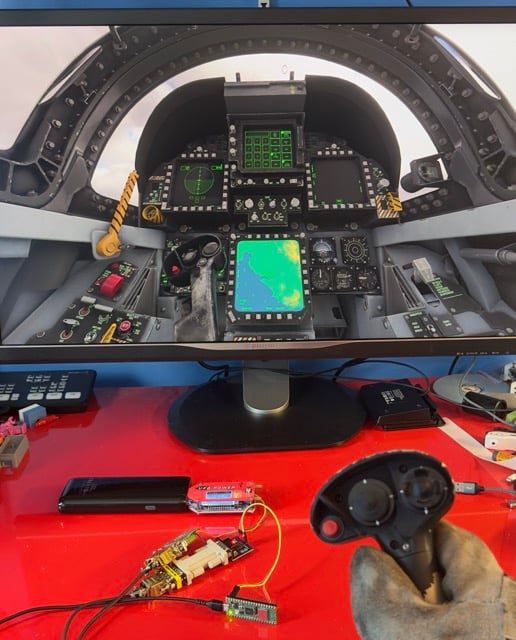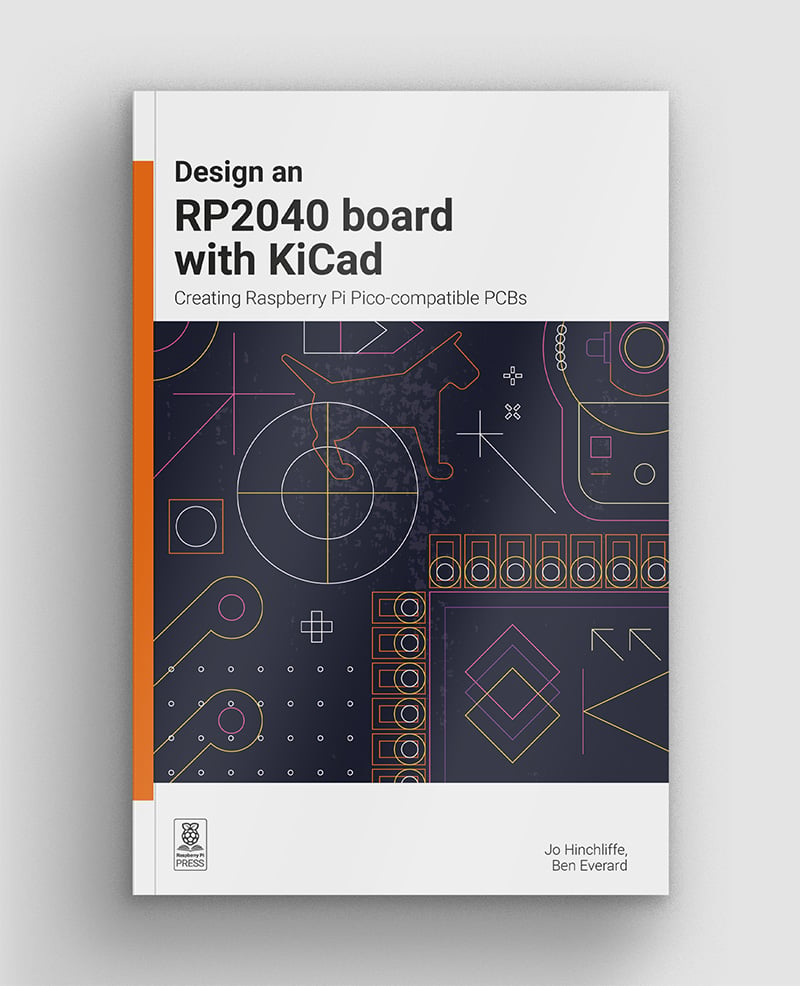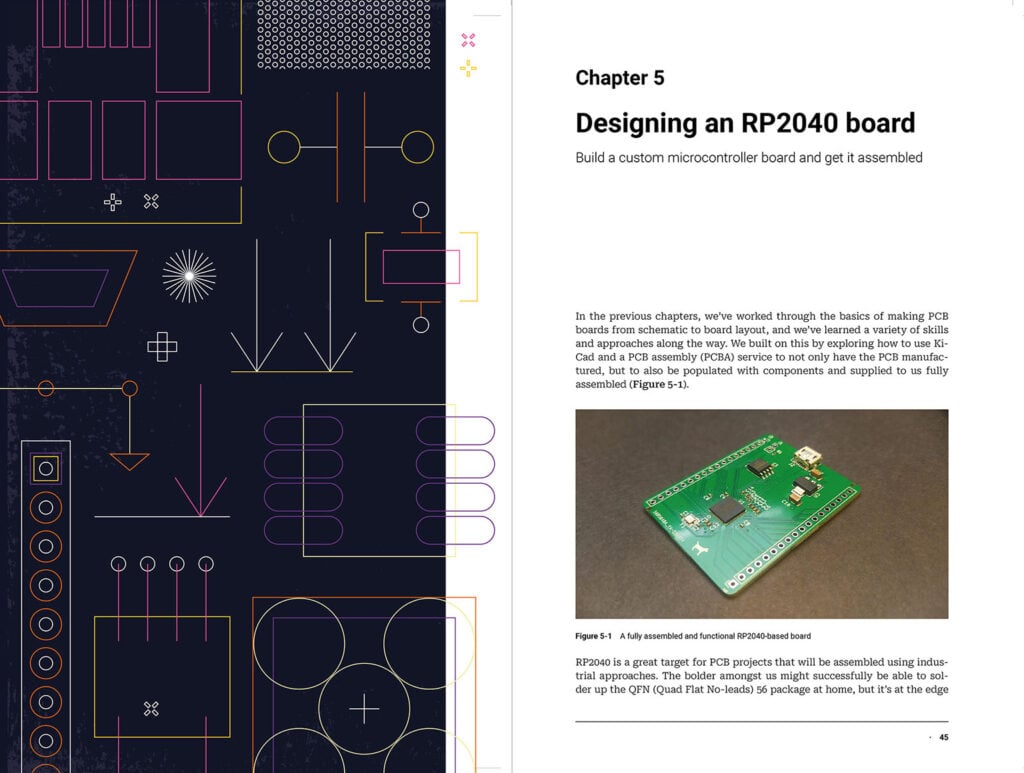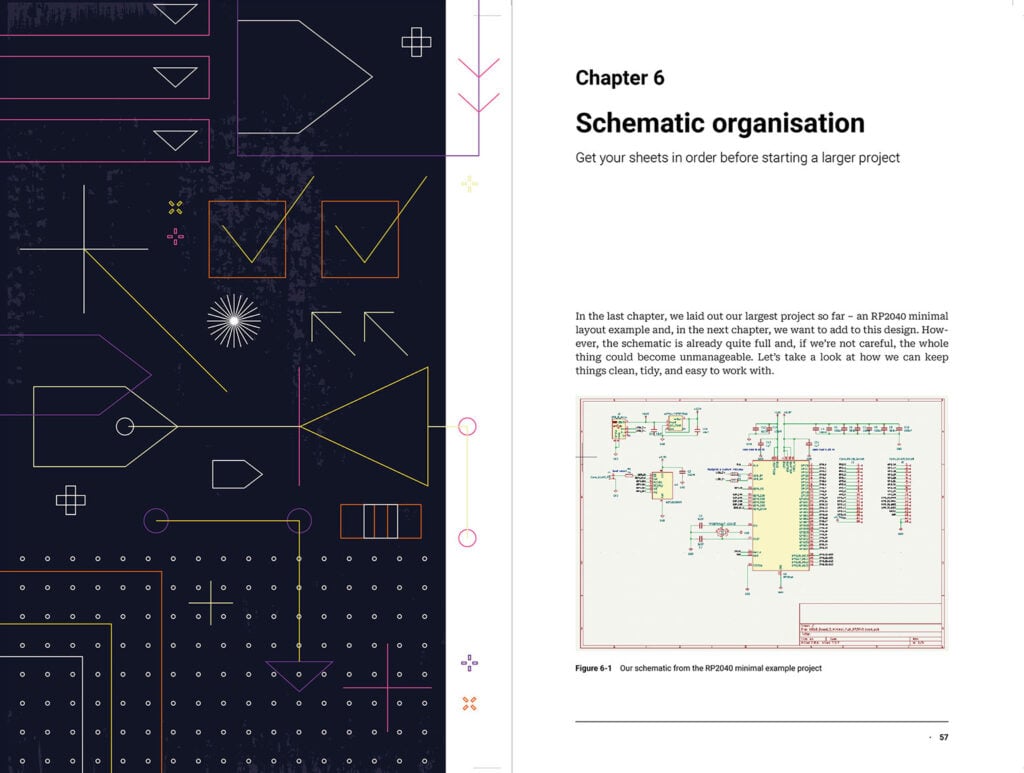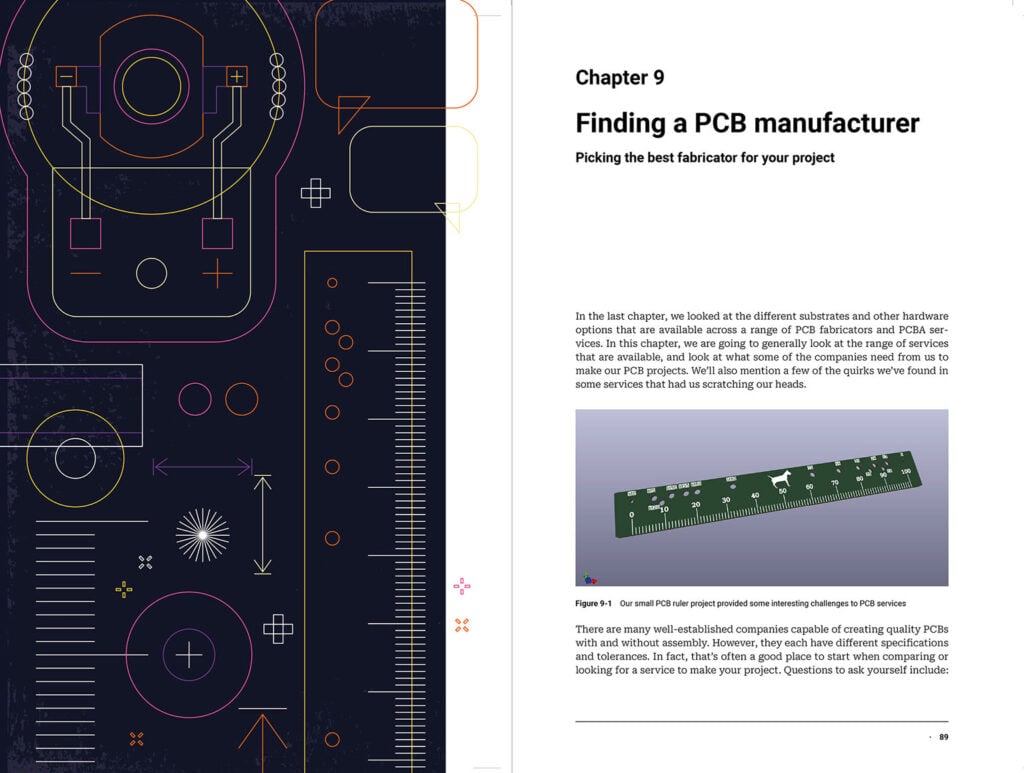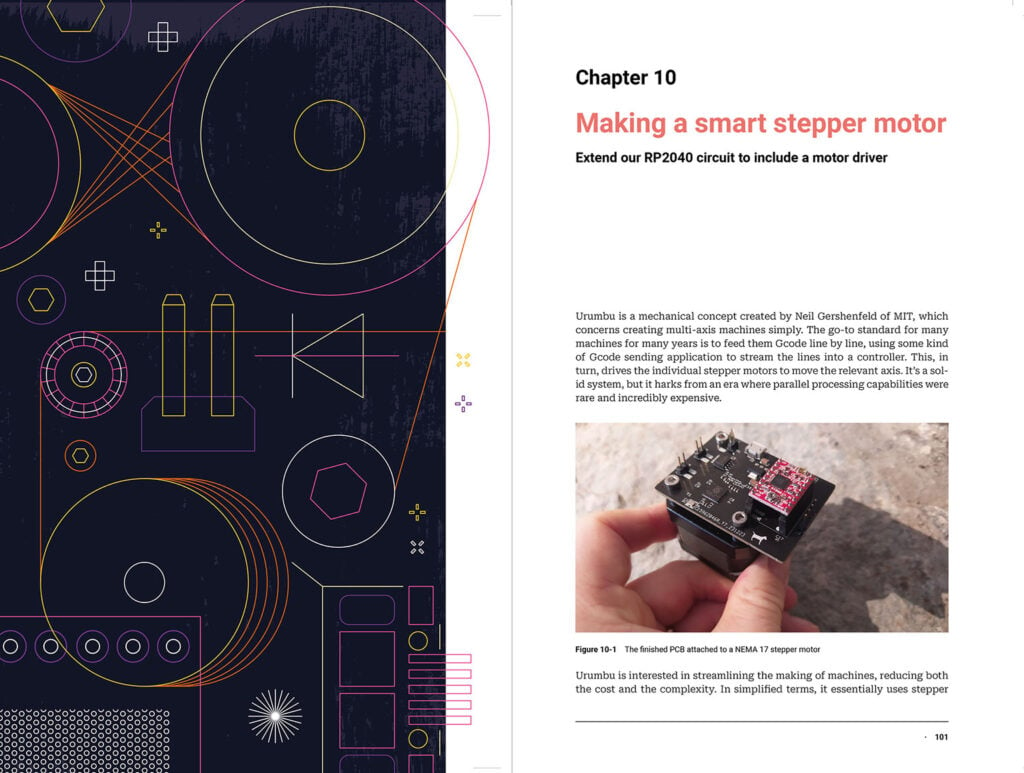Raspberry Pi product series explained
As our product line expands, it can get confusing trying to keep track of all the different Raspberry Pi boards out there. Here is a high-level breakdown of Raspberry Pi models, including our flagship series, Zero series, Compute Module series, and Pico microcontrollers.
Raspberry Pi makes computers in several different series:
- The flagship series, often referred to by the shorthand ‘Raspberry Pi’, offers high-performance hardware, a full Linux operating system, and a variety of common ports in a form factor roughly the size of a credit card.
- The Zero series offers a full Linux operating system and essential ports at an affordable price point in a minimal form factor with low power consumption.
- The Compute Module series, often referred to by the shorthand ‘CM’, offers high-performance hardware and a full Linux operating system in a minimal form factor suitable for industrial and embedded applications. Compute Module models feature hardware equivalent to the corresponding flagship models but with fewer ports and no on-board GPIO pins. Instead, users should connect Compute Modules to a separate baseboard that provides the ports and pins required for a given application.
Additionally, Raspberry Pi makes the Pico series of tiny, versatile microcontroller boards. Pico models do not run Linux or allow for removable storage, but instead allow programming by flashing a binary onto on-board flash storage.
Flagship series
Model B indicates the presence of an Ethernet port. Model A indicates a lower-cost model in a smaller form factor with no Ethernet port, reduced RAM, and fewer USB ports to limit board height.
| Model | SoC | Memory | GPIO | Connectivity |
|---|---|---|---|---|
 Raspberry Pi Model B Raspberry Pi Model B | BCM2835 | 256MB, 512MB | 26-pin GPIO header | HDMI, 2 × USB 2.0, CSI camera port, DSI display port, 3.5mm audio jack, RCA composite video, Ethernet (100Mb/s), SD card slot, micro USB power |
 Raspberry Pi Model A Raspberry Pi Model A | BCM2835 | 256MB | 26-pin GPIO header | HDMI, USB 2.0, CSI camera port, DSI display port, 3.5mm audio jack, RCA composite video, SD card slot, micro USB power |
 Raspberry Pi Model B+ Raspberry Pi Model B+ | BCM2835 | 512MB | 40-pin GPIO header | HDMI, 4 × USB 2.0, CSI camera port, DSI display port, 3.5mm AV jack, Ethernet (100Mb/s), microSD card slot, micro USB power |
 Raspberry Pi Model A+ Raspberry Pi Model A+ | BCM2835 | 256MB, 512MB | 40-pin GPIO header | HDMI, USB 2.0, CSI camera port, DSI display port, 3.5mm AV jack, microSD card slot, micro USB power |
 Raspberry Pi 2 Model B Raspberry Pi 2 Model B | BCM2836 (in version 1.2, switched to BCM2837) | 1 GB | 40-pin GPIO header | HDMI, 4 × USB 2.0, CSI camera port, DSI display port, 3.5mm AV jack, Ethernet (100Mb/s), microSD card slot, micro USB power |
 Raspberry Pi 3 Model B Raspberry Pi 3 Model B | BCM2837 | 1 GB | 40-pin GPIO header | HDMI, 4 × USB 2.0, CSI camera port, DSI display port, 3.5mm AV jack, Ethernet (100Mb/s), 2.4GHz single-band 802.11n Wi-Fi (35Mb/s), Bluetooth 4.1, Bluetooth Low Energy (BLE), microSD card slot, micro USB power |
 Raspberry Pi 3 Model B+ Raspberry Pi 3 Model B+ | BCM2837b0 | 1GB | 40-pin GPIO header | HDMI, 4 × USB 2.0, CSI camera port, DSI display port, 3.5mm AV jack, PoE-capable Ethernet (300Mb/s), 2.4/5GHz dual-band 802.11ac Wi-Fi (100Mb/s), Bluetooth 4.2, Bluetooth Low Energy (BLE), microSD card slot, micro USB power |
 Raspberry Pi 3 Model A+ Raspberry Pi 3 Model A+ | BCM2837b0 | 512 MB | 40-pin GPIO header | HDMI, USB 2.0, CSI camera port, DSI display port, 3.5mm AV jack, 2.4/5GHz dual-band 802.11ac Wi-Fi (100Mb/s), Bluetooth 4.2, Bluetooth Low Energy (BLE), microSD card slot, micro USB power |
 Raspberry Pi 4 Model B Raspberry Pi 4 Model B | BCM2711 | 1GB, 2GB, 4GB, 8GB | 40-pin GPIO header | 2 × micro HDMI, 2 × USB 2.0, 2 × USB 3.0, CSI camera port, DSI display port, 3.5 mm AV jack, PoE-capable Gigabit Ethernet (1Gb/s), 2.4/5GHz dual-band 802.11ac Wi-Fi (120Mb/s), Bluetooth 5, Bluetooth Low Energy (BLE), microSD card slot, USB-C power (5V, 3A (15W)) |
 Raspberry Pi 400 Raspberry Pi 400 | BCM2711 | 4GB | 40-pin GPIO header | 2 × micro HDMI, 2 × USB 2.0, 2 × USB 3.0, Gigabit Ethernet (1Gb/s), 2.4/5GHz dual-band 802.11ac Wi-Fi (120Mb/s), Bluetooth 5, Bluetooth Low Energy (BLE), microSD card slot, USB-C power (5V, 3A (15W)) |
 Raspberry Pi 5 Raspberry Pi 5 | BCM2712 (2GB version uses BCM2712D0) | 2GB, 4GB, 8GB | 40-pin GPIO header | 2 × micro HDMI, 2 × USB 2.0, 2 × USB 3.0, 2 × CSI camera/DSI display ports, single-lane PCIe FFC connector, UART connector, RTC battery connector, four-pin JST-SH PWM fan connector, PoE+-capable Gigabit Ethernet (1Gb/s), 2.4/5GHz dual-band 802.11ac Wi-Fi 5 (300Mb/s), Bluetooth 5, Bluetooth Low Energy (BLE), microSD card slot, USB-C power (5V, 5A (25W) or 5V, 3A (15W) with a 600mA peripheral limit) |
For more information about the ports on the Raspberry Pi flagship series, see the Schematics and mechanical drawings.
Zero series
Models with the H suffix have header pins pre-soldered to the GPIO header. Models that lack the H suffix do not come with header pins attached to the GPIO header; the user must solder pins manually or attach a third-party pin kit.
All Zero models have the following connectivity:
- a microSD card slot
- a CSI camera port (version 1.3 of the original Zero introduced this port)
- a mini HDMI port
- 2 × micro USB ports (one for input power, one for external devices)
| Model | SoC | Memory | GPIO | Wireless Connectivity |
|---|---|---|---|---|
 Raspberry Pi Zero Raspberry Pi Zero | BCM2835 | 512MB | 40-pin GPIO header (unpopulated) | none |
 Raspberry Pi Zero W Raspberry Pi Zero W | BCM2835 | 512MB | 40-pin GPIO header (unpopulated) | 2.4GHz single-band 802.11n Wi-Fi (35Mb/s), Bluetooth 4.0, Bluetooth Low Energy (BLE) |
 Raspberry Pi Zero WH Raspberry Pi Zero WH | BCM2835 | 512MB | 40-pin GPIO header | 2.4GHz single-band 802.11n Wi-Fi (35Mb/s), Bluetooth 4.0, Bluetooth Low Energy (BLE) |
 Raspberry Pi Zero 2 W Raspberry Pi Zero 2 W | RP3A0 | 512MB | 40-pin GPIO header (unpopulated) | 2.4GHz single-band 802.11n Wi-Fi (35Mb/s), Bluetooth 4.2, Bluetooth Low Energy (BLE) |
Compute Module series
| Model | SoC | Memory | Storage | Form factor | Wireless Connectivity |
|---|---|---|---|---|---|
 Raspberry Pi Compute Module 1 Raspberry Pi Compute Module 1 | BCM2835 | 512MB | 4GB | DDR2 SO-DIMM | none |
 Raspberry Pi Compute Module 3 Raspberry Pi Compute Module 3 | BCM2837 | 1GB | 0GB (Lite), 4GB | DDR2 SO-DIMM | none |
 Raspberry Pi Compute Module 3+ Raspberry Pi Compute Module 3+ | BCM2837b0 | 1GB | 0GB (Lite), 8GB, 16GB, 32GB | DDR2 SO-DIMM | none |
 Raspberry Pi Compute Module 4S Raspberry Pi Compute Module 4S | BCM2711 | 1GB, 2GB, 4GB, 8GB | 0GB (Lite), 8GB, 16GB, 32GB | DDR2 SO-DIMM | none |
 Raspberry Pi Compute Module 4 Raspberry Pi Compute Module 4 | BCM2711 | 1GB, 2GB, 4GB, 8GB | 0GB (Lite), 8GB, 16GB, 32GB | dual 100-pin high density connectors | optional: 2.4/5GHz dual-band 802.11ac Wi-Fi 5 (300Mb/s), Bluetooth 5, Bluetooth Low Energy (BLE) |
For more information about Raspberry Pi Compute Modules, see the Compute Module documentation.
Pico microcontrollers
Models with the H suffix have header pins pre-soldered to the GPIO header. Models that lack the H suffix do not come with header pins attached to the GPIO header; the user must solder pins manually or attach a third-party pin kit.
| Model | SoC | Memory | Storage | GPIO | Wireless Connectivity |
|---|---|---|---|---|---|
 Raspberry Pi Pico Raspberry Pi Pico | RP2040 | 264KB | 2MB | two 20-pin GPIO headers (unpopulated) | none |
 Raspberry Pi Pico H Raspberry Pi Pico H | RP2040 | 264KB | 2MB | two 20-pin GPIO headers | none |
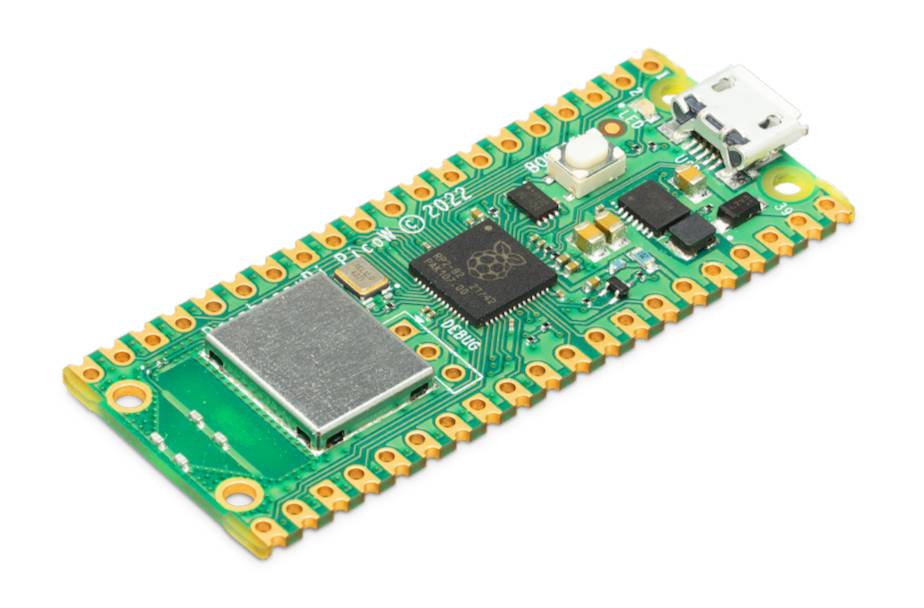 Raspberry Pi Pico W Raspberry Pi Pico W | RP2040 | 264KB | 2MB | two 20-pin GPIO headers (unpopulated) | 2.4GHz single-band 802.11n Wi-Fi (10Mb/s), Bluetooth 5.2, Bluetooth Low Energy (BLE) |
 Raspberry Pi Pico WH Raspberry Pi Pico WH | RP2040 | 264KB | 2MB | two 20-pin GPIO headers | 2.4GHz single-band 802.11n Wi-Fi (10Mb/s), Bluetooth 5.2, Bluetooth Low Energy (BLE) |
 Raspberry Pi Pico 2 Raspberry Pi Pico 2 | RP2350 | 520KB | 4MB | two 20-pin GPIO headers (unpopulated) | none |
For more information about Raspberry Pi Pico models, see the Pico documentation.
If you’re interested in schematics, mechanical drawings, and information on thermal control, visit our documentation page.
The post Raspberry Pi product series explained appeared first on Raspberry Pi.





